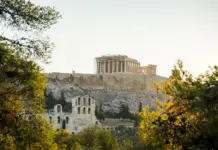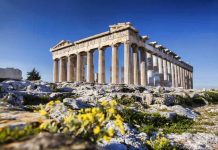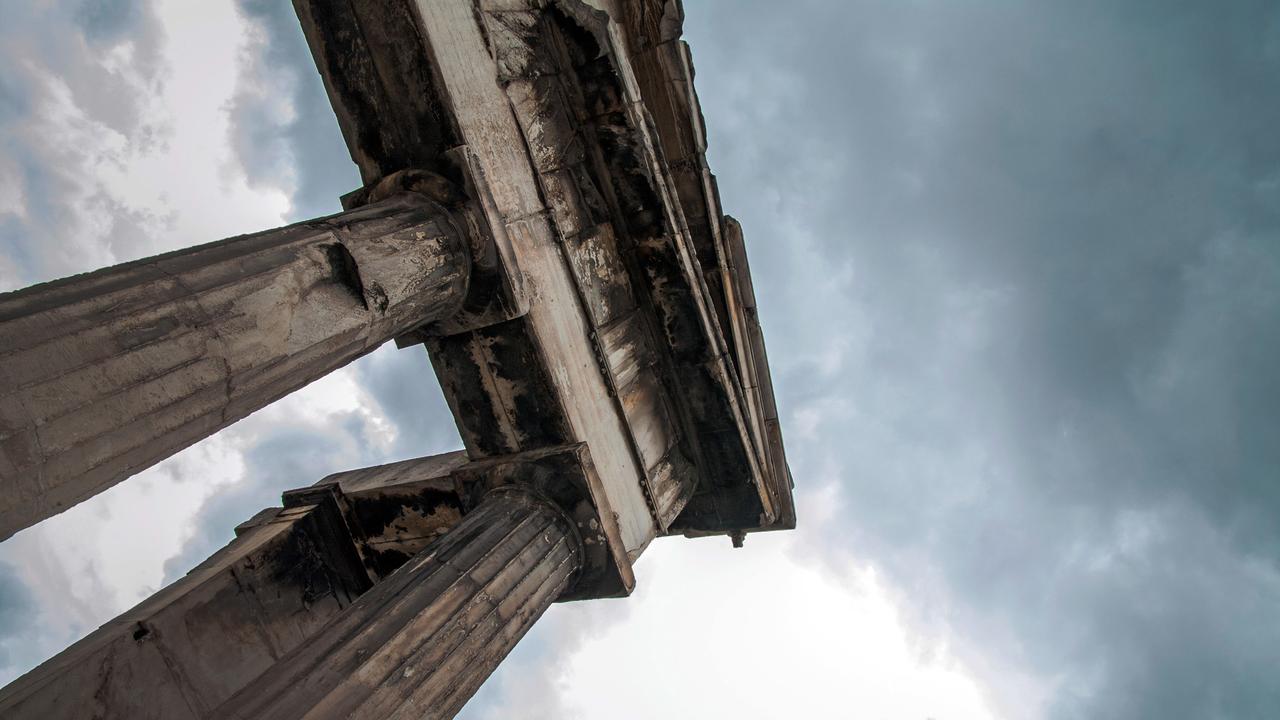
Travel photographer and former archeologist Genevieve Hathaway traces ancient history on a road trip in Greece.
- Gobi desert tour — 12 wonderful days road trip in Gobi desert
- Tikal – The mysterious city of the ancient Mayan civilization
- Pilgrimage to Adam’s Peak — View sacred Adam’s Peak footprint of God
- 15+ rare captivating colour of native American photos 1800s
- 20+ stunning Santorini Island pictures make you want to visit right now
Written by Genevieve Hathaway
Stretching from Greece through the Middle East to India and along to Egypt and northeast Africa, Alexander III of Macedon (also known as Alexander the Great) created one of the largest empires ever to exist. Succeeding his father, Philip II, to rule Greece and Macedonia (today northern Greece), Alexander conquered numerous empires and many powerful kingdoms. Many important Alexander the Great sites, cities and ancient battlefields from his formative years are located in modern-day Greece. As a former archaeologist who has long been fascinated by Alexander III and the impact he and his father made on history, no trip to Greece was complete without a road trip along the trail of Alexander the Great.
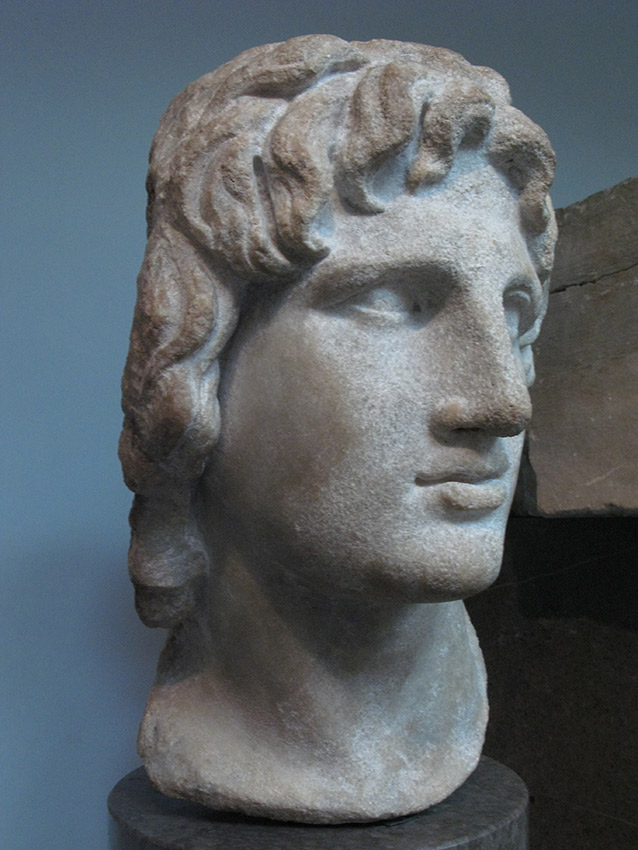
Ancient Thebes: Alexander’s history-making moments
Loading up our rental car with everything we would need — plenty of hiking gear, good road maps (pre-smartphone era), a giant stack of Alexander the Great tomes, and a bottle or two of ouzo (the local Greek liquor) — my travel partner and I headed out of Athens in search of Alexander and what defined him as “The Great.”
From Athens, we headed north to the ancient city of Thebes. In 335 BC a fierce battle between Alexander’s forces and the Thebans was fought in and around the city. In the end, the Macedonian forces were victorious and razed ancient Thebes to the ground. This was the fall of the last powerful Greek city state and was a key victory for Alexander in controlling the Greek mainland. All that is left today of ancient Thebes is a handful of broken stones scattered on the once mighty acropolis.
The tides turned at Chaeronea
From the modern-day city that has grown up around ancient Thebes, we wound our way through the rugged, olive tree-lined hills of central Greece on a hunt for the famous ancient battle site of Chaeronea. The vast, arid land is a reminder of how hard it was to move an army quickly and efficiently through central Greece. After a few wrong turns and plenty of “Do you think this is the field where the battle took place?” we found what we were looking for — the colossal stone lion marking the burial of the Sacred Theban Band. The solitary stone sentry stood guard over the tombs of famous warriors and is the site where one of the most important ancient battles occurred.
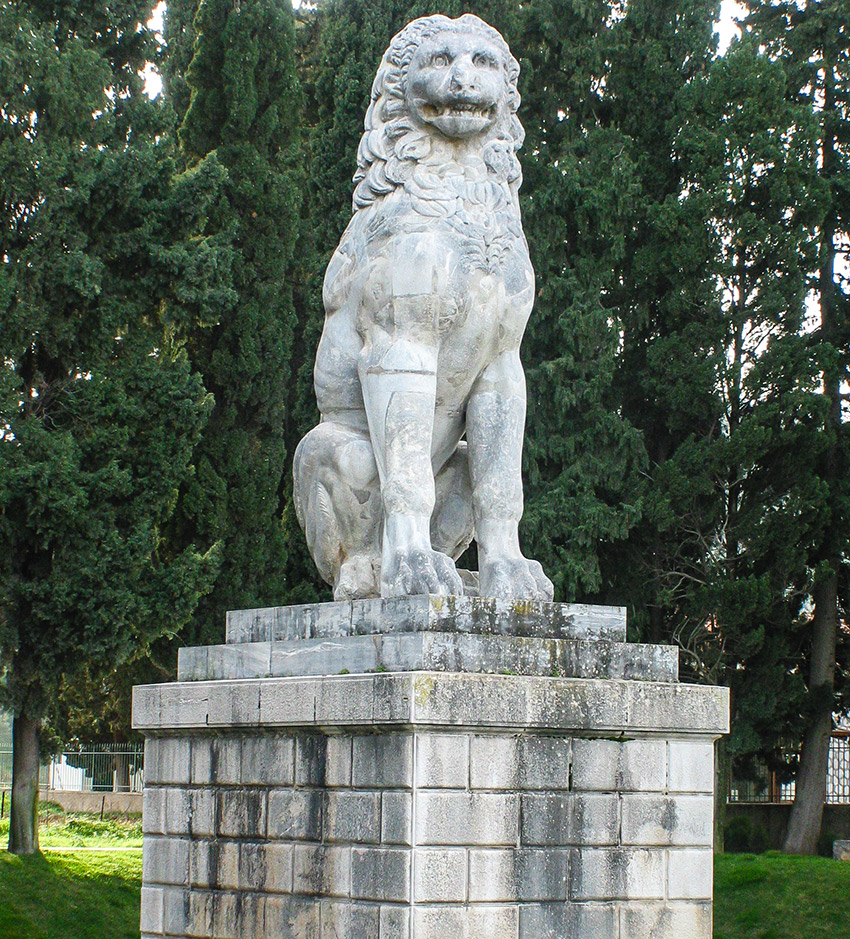
In 338 BC, on a warm August morning, the combined forces of Thebes and Athens met the Macedonian army led by Alexander III and his father, King Philip II. Alexander and Philip’s forces won a sound victory. The Battle of Chaeronea marked the end of the powerful Greek city states and the beginning of rule over Greece by Philip II, and later, his son, Alexander. The Sacred Theban band was considered the premier fighting force, and to honour their prowess in battle (even for the losing side), Alexander buried the soldiers under the giant stone lion, which still stands to this day. Less than three years later, Thebes would fall for good to Alexander the Great.

Our journey on the path of Alexander continued through the mountainous region of central Greece to Mount Parnassus and the ancient ruins of the sacred site of Delphi, where the famous oracle proclaimed that Alexander was invincible. This prediction proved nearly true; Alexander survived many near mortal wounds, until his death (possibly from poison) in 323 BC.
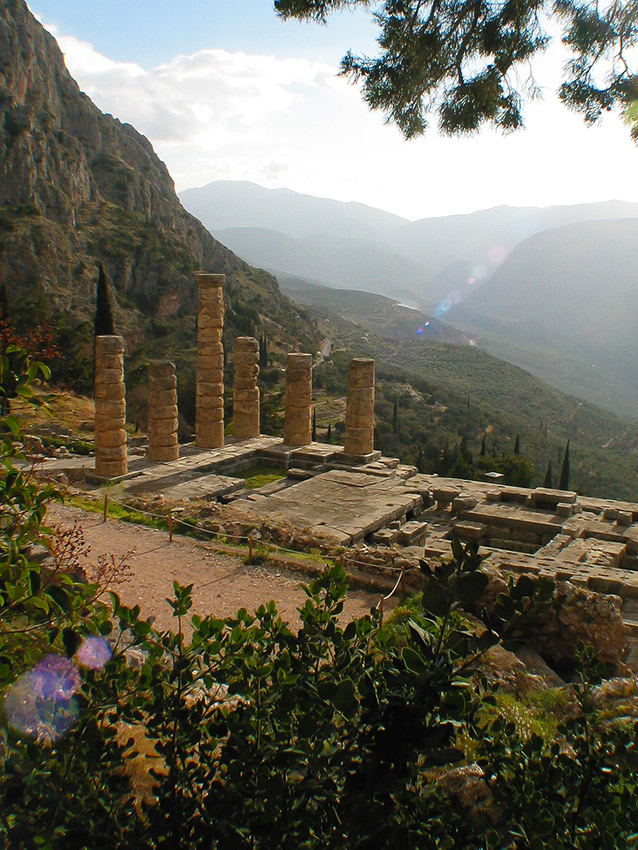
Up close and personal with Philip II
From Delphi, we continued north into the ancient Macedonian region of Greece, driving past the legendary mountain of Mount Olympus, home of the Greek gods, and continuing to the original Macedonian capital of Aigai (known today as Vergina). Here, there is a large burial mound containing four tombs, including the sealed burial mounds of Philip II and Alexander the Great’s son, Alexander IV. Ancient Aigai was the original Macedonian capital before it was moved to Pella, and it’s also the burial place for the Argead dynasty. Archaeologists preserved the tombs inside the burial mound with a state-of-the-art subterranean museum. Wandering amongst the treasures Philip II intended to take to the afterlife, the opulent gifts Alexander III buried with his son, and the gigantic interior of the tombs, left us with a feeling of awe and wonder. Located at the heart of this massive mound burial site is a gold cask containing Philip II’s ashes. Aigai’s history does not stop there; with wide, sweeping stone boulevards and mosaic floors still intact, it is the location of both Philip’s assassination and Alexander’s coronation as king.
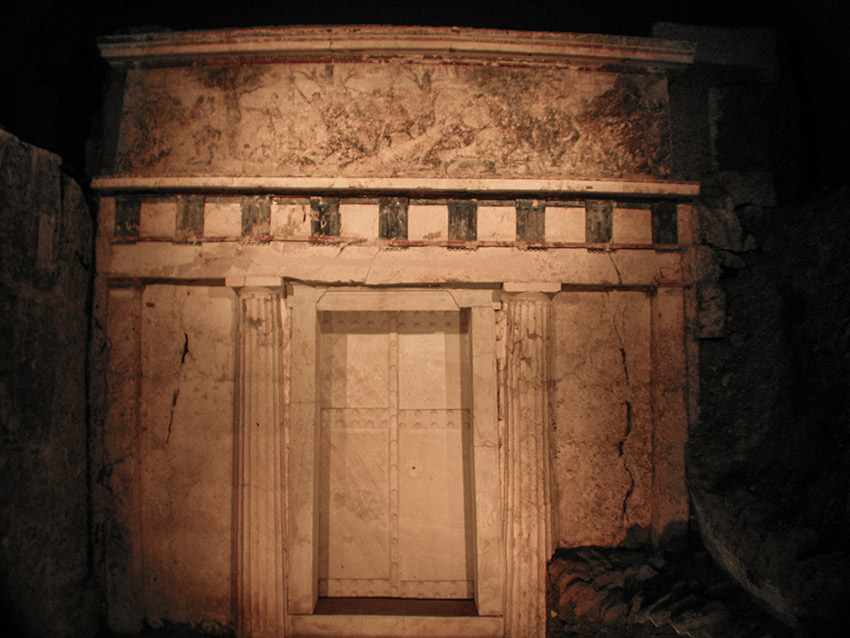
Where It All Began: Pella
From the site of Philip II’s death and Alexander’s kingship, we headed to where it all began — ancient Pella, the birth city of Alexander the Great. Pella was the capital city of Philip II and Alexander III’s Macedonian kingdom. Walking amongst the columned, stone boulevards of the ancient agora where merchants sold their goods, taking in the well-preserved palace walls and studying the beautiful mosaics that remain, I could imagine what life would have been like for the young prince, and future ruler of empires, as he grew up and learned the art of strategy, governance and philosophy — as well as the ambitions of a conqueror.
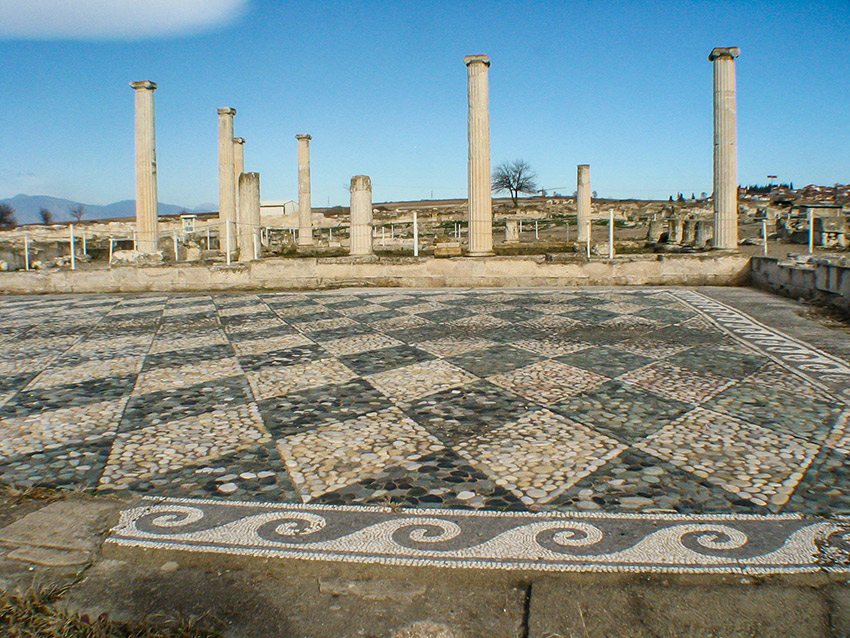































![10 best airports in Asia in 2016 [RANKED] kuala-lumpur-international-airport-best airports in asia in 2016 by skytrax ratings](https://livingnomads.com/wp-content/uploads/2016/08/29/kuala-lumpur-international-airport-best-airports-in-asia-in-2016-by-skytrax-ratings-218x150.jpg)








